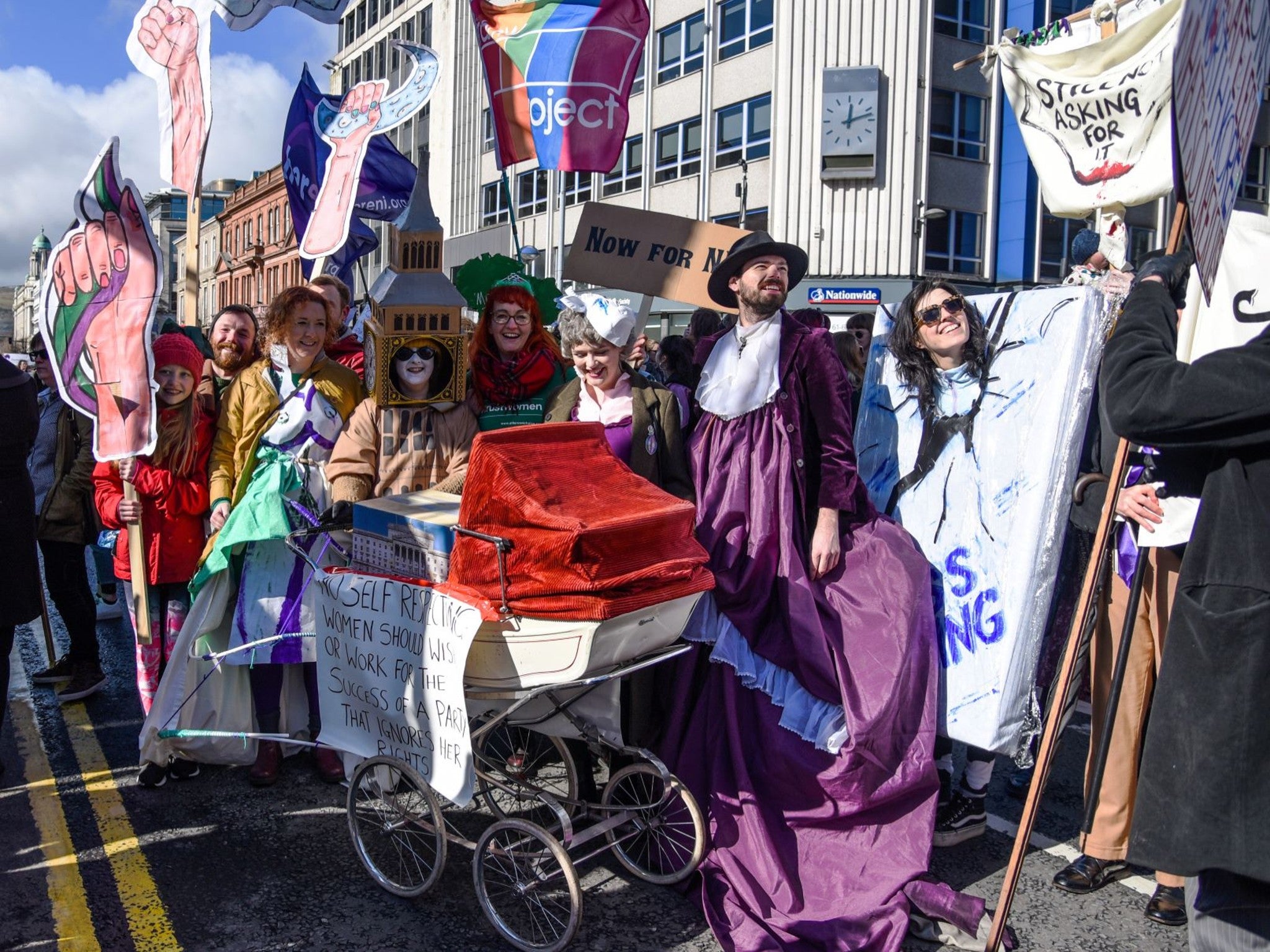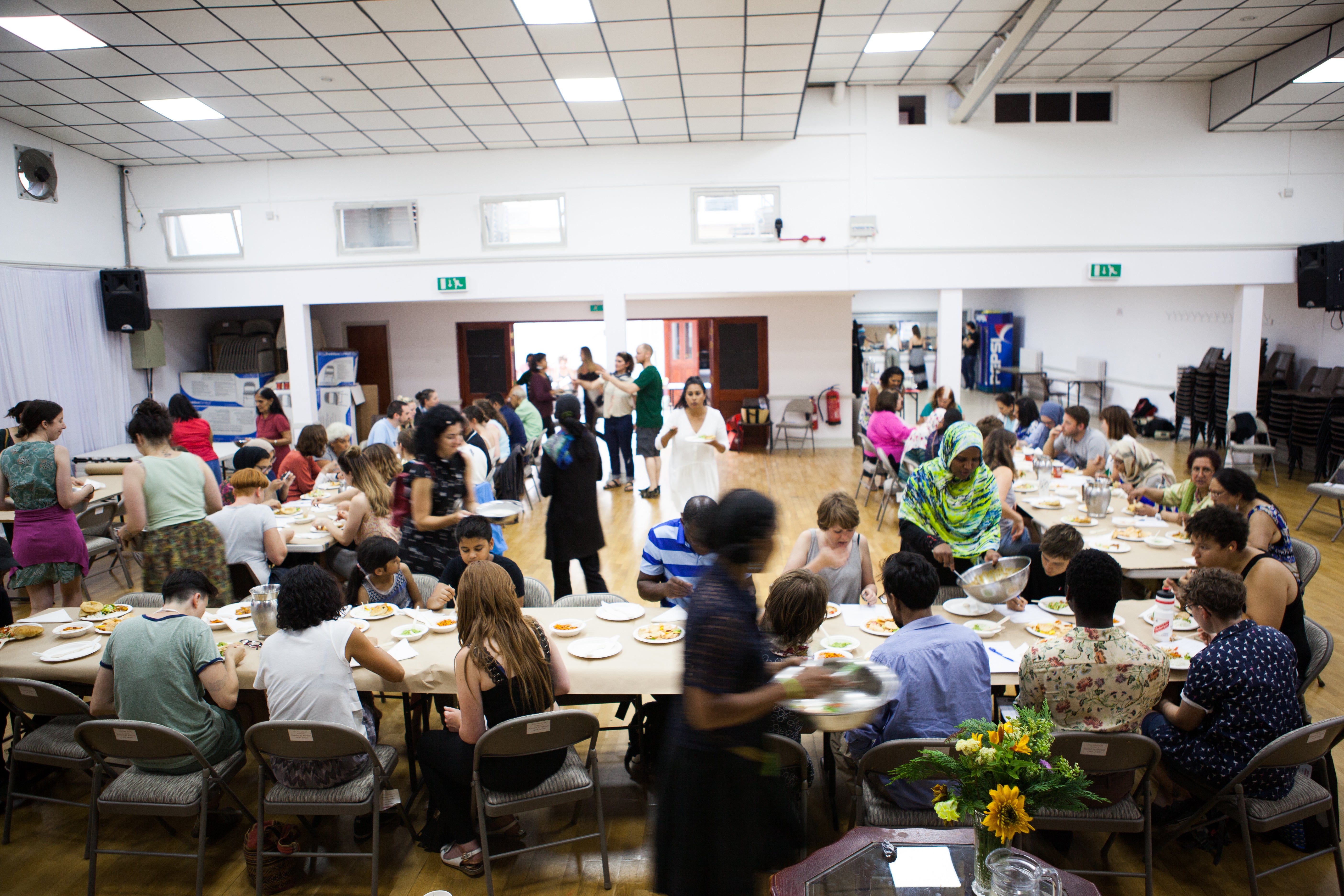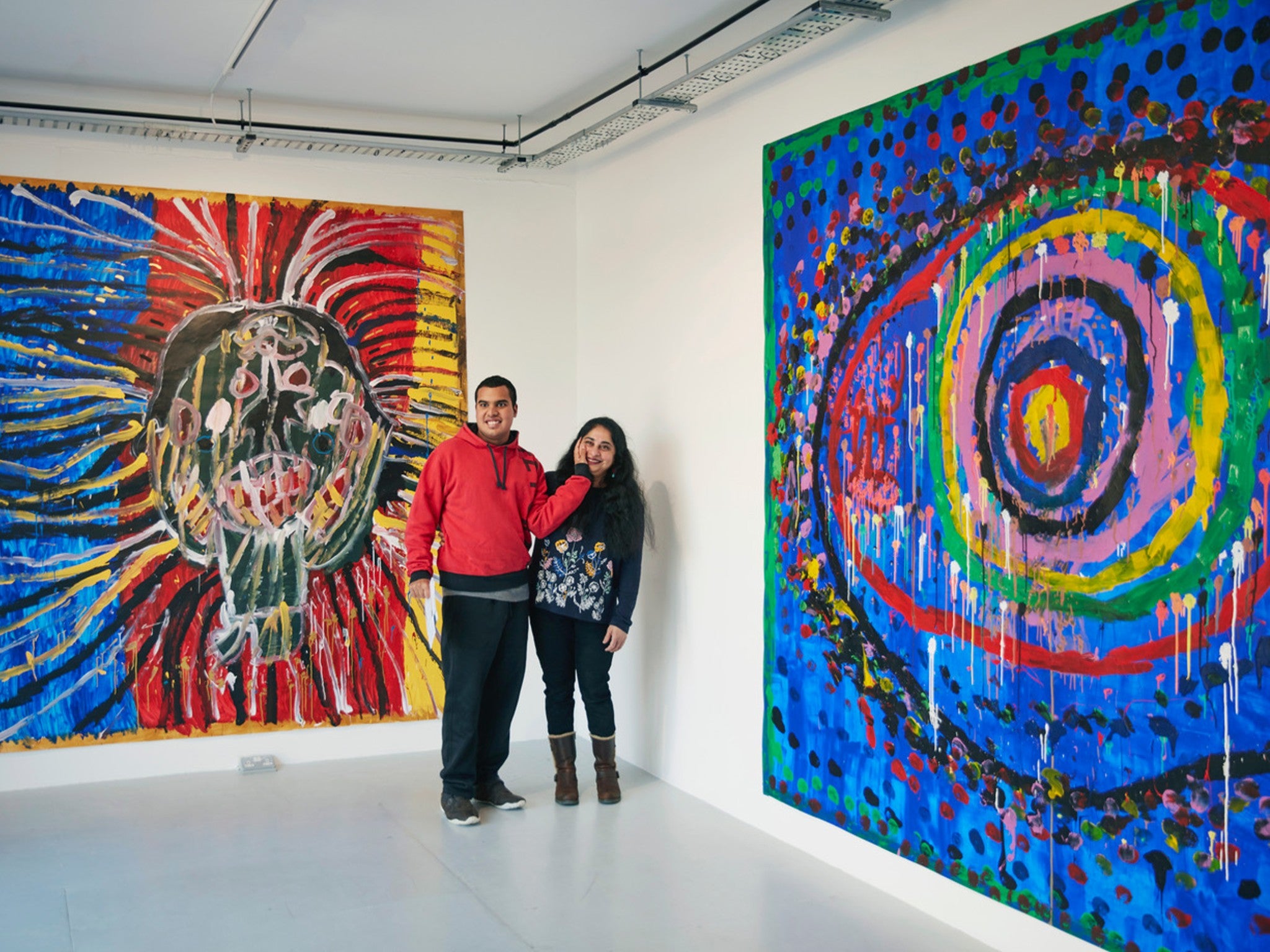Turner Prize 2021, Herbert Art Gallery & Museum, Coventry, review: Art comes in second to the happy-clappy spirit of lockdown
All the nominees are artist collectives working towards the greater good, so ‘best art’ may not even be the criterion this year, but there is a credible winner here
Your support helps us to tell the story
From reproductive rights to climate change to Big Tech, The Independent is on the ground when the story is developing. Whether it's investigating the financials of Elon Musk's pro-Trump PAC or producing our latest documentary, 'The A Word', which shines a light on the American women fighting for reproductive rights, we know how important it is to parse out the facts from the messaging.
At such a critical moment in US history, we need reporters on the ground. Your donation allows us to keep sending journalists to speak to both sides of the story.
The Independent is trusted by Americans across the entire political spectrum. And unlike many other quality news outlets, we choose not to lock Americans out of our reporting and analysis with paywalls. We believe quality journalism should be available to everyone, paid for by those who can afford it.
Your support makes all the difference.After a year when the Turner Prize was suspended due to lockdown constraints, with bursaries given to deserving and needy artists, Britain’s most controversial art prize returns with a shortlist that seeks to put itself bang in the moment by focusing not on old-school individual artists – who are after all just so pre-pandemic – but on collectives of artists who have banded together to further a cause. It’s a gesture appropriate to a time when we are all understood to have been “pulling together”, and when parallel phenomena such as Black Lives Matter have encouraged us to look beyond the conventional, socially constrained cultural channels.
So the first Turner Prize exhibition in two years (can it only be that? It feels like a lifetime) gives us Radical/Gentle, a Cardiff-based group who let their local community dictate the pattern of their work; Cooking Sections, whose conceptual installations address the environmental impact of intensive food production; Project Art Works, a Hastings collective of “neuro-diverse” artists, many facing challenging conditions such as autism; Belfast’s Array Collective, who question traditional Northern Irish identities through anarchic performance; and Black Obsidian Sound System (BOSS), who bring together Black and of colour LBGT+ people involved in art, sound and radical activism.

Unfortunately for the organisers, however, the cultural landscape has shifted since the announcement of the shortlist in the March. The mood of slightly happy-clappy critical tolerance that prevailed under lockdown, which this shortlist to a degree reflects, has all but evaporated, leaving Tate, which organises the prize, facing attack from one of the collectives, BOSS, for union-busting under lockdown and failing to support a Black artist who made high-profile claims of sexual abuse against a well-known art world figure. All of which means this exhibition opens in a more combative, but, I dare say, far more interesting, atmosphere than was first anticipated.
Indeed, approaching the exhibition, the visitor will be justified in wondering how the work in this avowedly utopian exhibition is intended to be judged: for its value as art (the way it has, of course, been viewed in all previous Turner exhibitions), for its relevance to the moment or its achievements in making the world a better place. And if the latter, how is that to be measured?
Cardiff’s Gentle/Radical, the group which most embodies the more “caring spirit” that emerged under lockdown – I’m sure some readers will vaguely remember it – has never mounted an exhibition before. But they make a fair fist of getting their case across in a three-screen video installation in which members of their local community in Cardiff’s multi-ethnic Riverside area read out open letters on themes of identity and belonging, detailed and often moving narratives that repay close viewing and listening. The attempt to get these to gel, however, with a spirited but defiantly amateurish rendering of an ancient Welsh hymn, on the grounds that they represent different yet complementary visions of what Wales can be, doesn’t get off the ground.

Belfast-based Array Collective also draw on the ancient Celtic past in The Druthaib’s Ball, a “wake for the centenary of Ireland’s partition”, involving ancestral protest songs and a rambling lecture-cum-stand-up routine, a film of which is shown in a mock-up of a síbín (shebeen) or illegal drinking den. Beside it, a circle of empty flag poles referencing “ancient Irish ceremonial sites” – and, we surmise, more recent struggles – is lit by changing light evoking the passage from dawn to dusk. Frankly, I’d take the flagpoles over the film, which leaves you feeling you needed to be there to get the point.
Black Obsidian Sound System’s oral history of sound system culture in Britain comes with instructions on how to create your own system, while a second “immersive” space with bits of video, music and big speakers suggests you’re about to be engulfed by noise and mega-visuals; sadly, you aren’t. Considering the vigour with which the group called out Tate, it’s all surprisingly tepid.
Project Art Works’s recreation of their Hastings studio feels a fair use of their space, with works by group members arrayed around the walls, and racks of paintings creating a viewing room in the middle for film of the group’s activities. Given the very severe daily problems faced by many of the members, everything here is an achievement in itself. Yet the slickness of the group’s presentation sits uncomfortably, to my mind, with the rawness of that lived experience. Watching a beautifully shot film of a group trip to Scotland, I felt unsure whether I was engaging with the artists on an equal and fully empathic level, or watching them from an awkward and slightly voyeuristic distance.

Which leaves Cooking Sections, “spatial practitioners” Daniel Fernandez Pascual and Alon Schwabe, with their audio and film installation, CLIMAVORE, which explores “the environmental impact of salmon-farming in Scotland”, and has already succeeded in getting farmed salmon removed from the menus in all Tate restaurants.
Considering this was the collective whose work was singled out by the press as “not art”, they’re the one that comes closest to fusing their material into a coherent whole. Far from providing an easily comprehensible argument, CLIMAVORE blurs its complex background information into a barely fathomable stream-of-consciousness that exhales seductively out of speakers. Eight circles, each representing one of the pens in which salmon are farmed, project onto the floor, rotating, decomposing and reconfiguring themselves, with the tiny splashes bringing to mind the movement of bacteria that thrive in these spaces. While it’s difficult to extract even the simplest information from the work, the sensual impact is utterly beguiling. And was I persuaded I should stop eating farmed salmon? Yes, actually, I was.
When you learn that Pascual and Schwabe are members of the Goldsmiths-based multi-disciplinary collective Forensic Architecture, shortlisted for the Turner in 2018, and both teach at the Royal College of Art, this level of technical and formal accomplishment isn’t surprising. Indeed, given the home-made, genuinely grassroots quality of much of the rest of the work it’s amazing they weren’t ruled out at the start for being too… what’s the word... professional. It seems contrary to the spirit of this year’s Turner Prize to back one of the contestants simply because they’ve produced the “best art”. But in the absence of any other reasonable criterion, Cooking Sections seem to me the only credible winners emerging from this curious mishmash of a Turner Prize exhibition.

Join our commenting forum
Join thought-provoking conversations, follow other Independent readers and see their replies
Comments